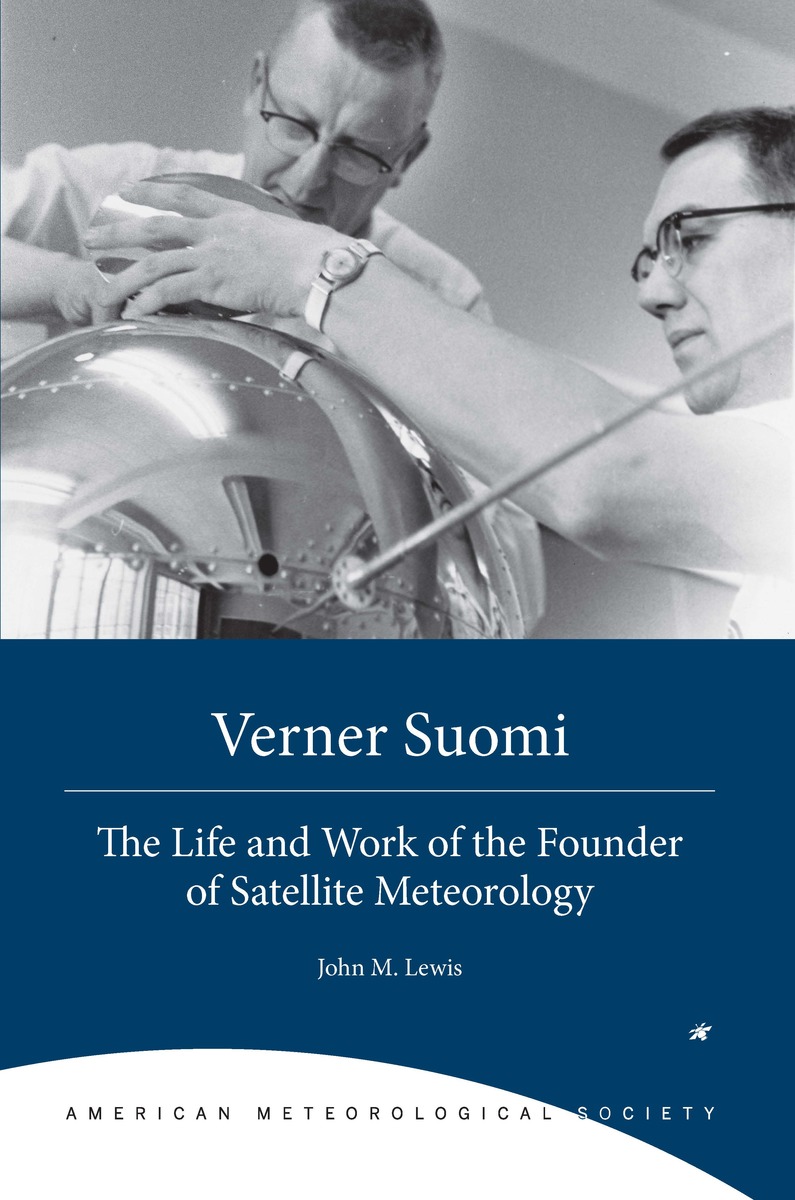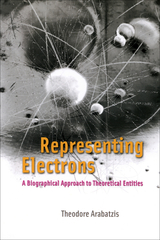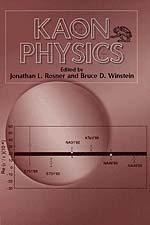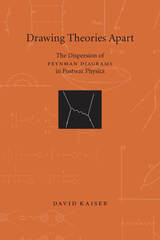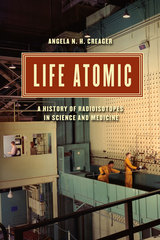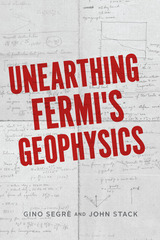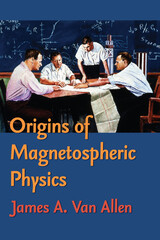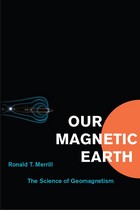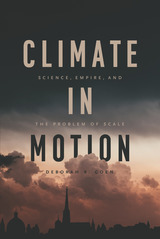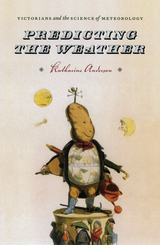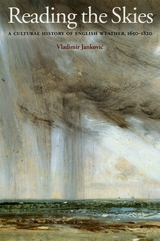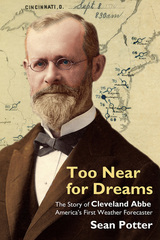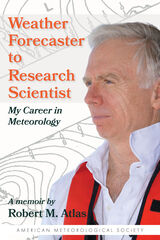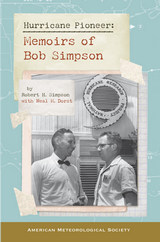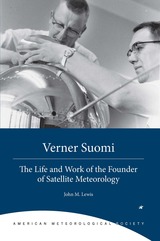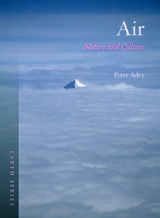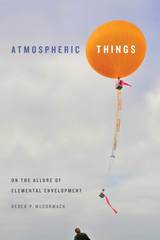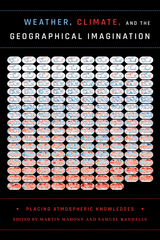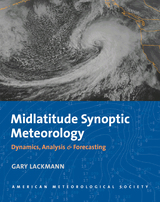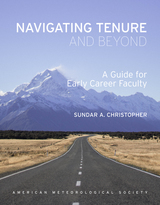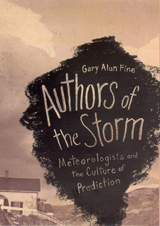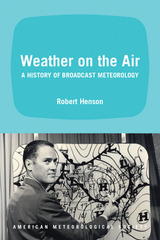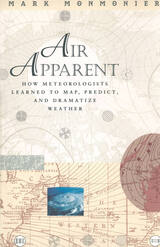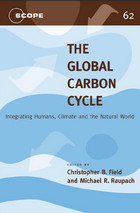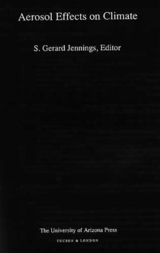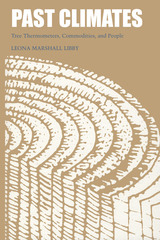Verner Suomi: The Life and Work of the Founder of Satellite Meteorology
American Meteorological Society, 2018
eISBN: 978-1-944970-23-9 | Paper: 978-1-944970-22-2
Library of Congress Classification QC858.S86
Dewey Decimal Classification 551.5092
eISBN: 978-1-944970-23-9 | Paper: 978-1-944970-22-2
Library of Congress Classification QC858.S86
Dewey Decimal Classification 551.5092
ABOUT THIS BOOK | AUTHOR BIOGRAPHY | TOC
ABOUT THIS BOOK
As the space age got underway in the wake of Sputnik, one of the earliest areas of science to take advantage of the new observational opportunities it afforded was the study of climate and weather. This book tells the story of Finnish-American educator, inventor, and scientist Verner Suomi, who, in those early days of space science, brought his pragmatic engineering skills to bear on finding ways to use our new access to space to put observational instruments into orbit. In 1959, Suomi’s work resulted in the launching of Explorer VII, a satellite that measured the earth’s radiation budget, a major step in our ability to understand and forecast weather. Drawing on personal letters and oral histories, the book presents a rounded picture of the man who launched the field of satellite meteorology—in the process changing forever the way we understand and interact with the weather around us.
See other books on: Life | Meteorologists | Science | Science & Technology | Work
See other titles from American Meteorological Society
